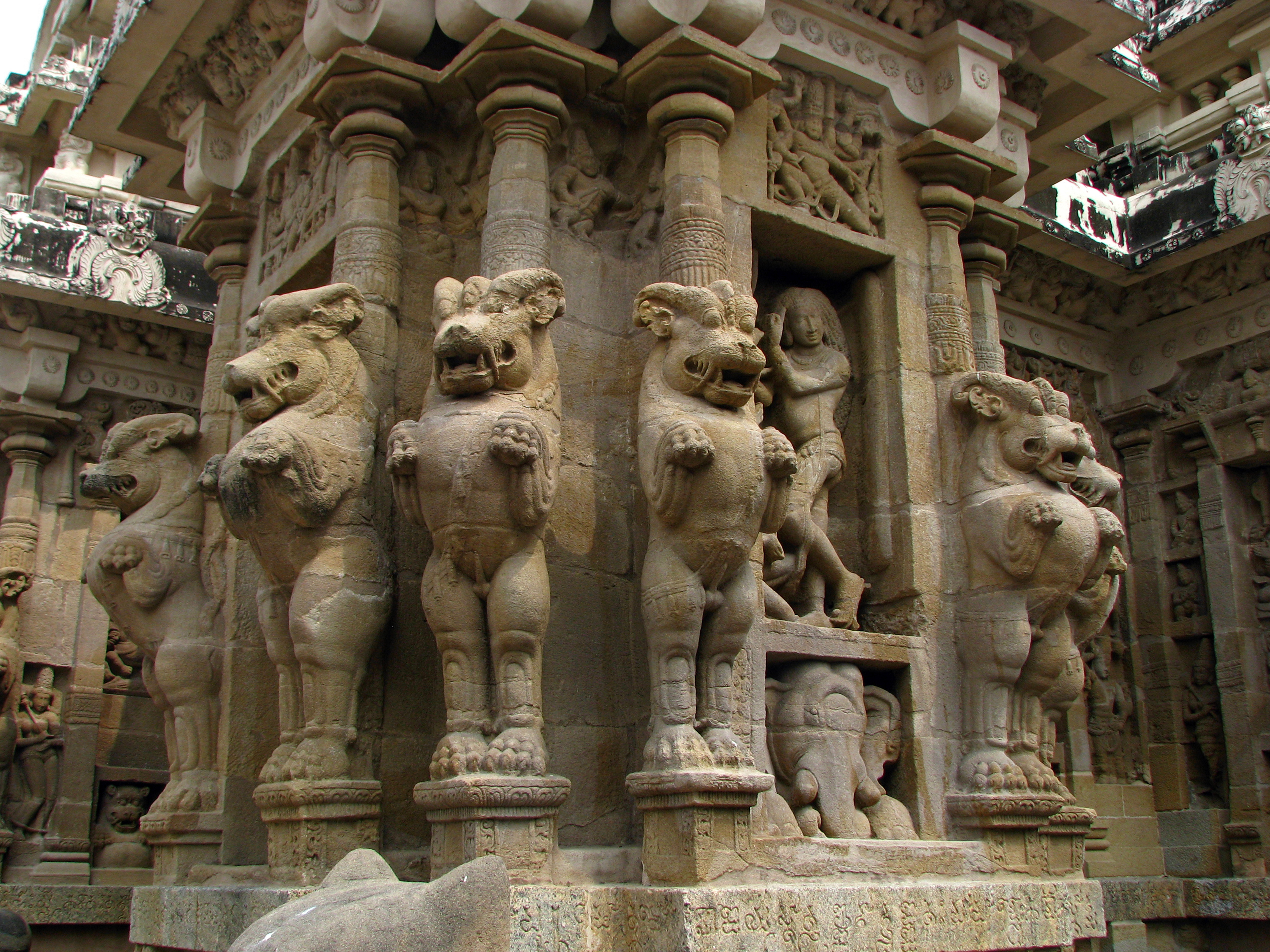The Indian architecture dates back to ancient times. Since then it has evolved to great heights making it one of the most significant achievements of Indian Civilization.The architectural patterns in India vary from region to region.
The art and architecture not only reflects the culture of the period during which it was built but also reflects the religious bent of the Ruler during whose reign it was constructed. Application of Vaastu Shastra can definitely be traced in all architectural works no matter when they were built.
The North Indian Temple architecture was quite different from the Maru-Gurjara Temple Architecture, which predominantly pertains to Western India. But a foreign tourist does not require separate IndianVisa for visiting various regions of India. Having a single India Visa is sufficient to tour India across its lengths and breadths.
During the reign of the Mughals, blend of Indian architecture and the Iranian style can be seen in the tombs made of sandstones and marbles.The Red Fort at Agra is a classic example of architecture of this period. The Taj Mahal, built by Shah Jahan, in memory of his wife Mumtaz Mahal, is the most enduring architectural achievement of this period.
The Khajuraho Temple is a splendid decorative piece of architecture in Central India. Lingaraj Temple, Konark Sun Temple and Brihadishwar Temple with grand and amazing sculptures, beautiful carvings and massive high-rise domes are found in South India. So if you are inclined to bath in the beauty of these great architectural works, take an Indian Visaand travel throughout this great country.
The Mosques in India speak of the influence of Islamic architecture. They are characterized by spacious and extensive courtyard, large prayer hall and a high rise tower. Ashoka, the Great, the emperor of the Mauryan Dynasty laid down the foundation of Buddhist art and architecture. The Ashokan Pillar was made by cutting and shaping a single stone. Thousands of Stupas were constructed, out of which Sanchi Stupa is the most magnificent.
Splendid Worship Halls called Chaitya Grihas can be found in many districts of South India. The beauty of marvelous rock-cut caves found in Ajanta, Ellora and Nasik leave the tourist speechless.If you want to quenchyour thirst for art and architecture, take an Indian Visa and fly to India. All you need is the documents required foran India Visa andmentiontourism as the object of visit to India.
Indian art is mainly inspired by spiritualism and religious scriptures. Paintings and marble sculptures depicting glimpses from the great Indian Epics, Ramayana and Mahabharata, are eye catching pieces of art.The Rajputana art comprised of paintings describing love and abundance of Mother Nature.
Exhibitions are organized on a grand scale displaying great works of renowned Indian artists. The uniqueness of Indian art reflects the great cultural heritage of the country. Indian artattracts buyers from all over the globe. If you have a craving for art collection, taking an India Visa would be a great idea.





